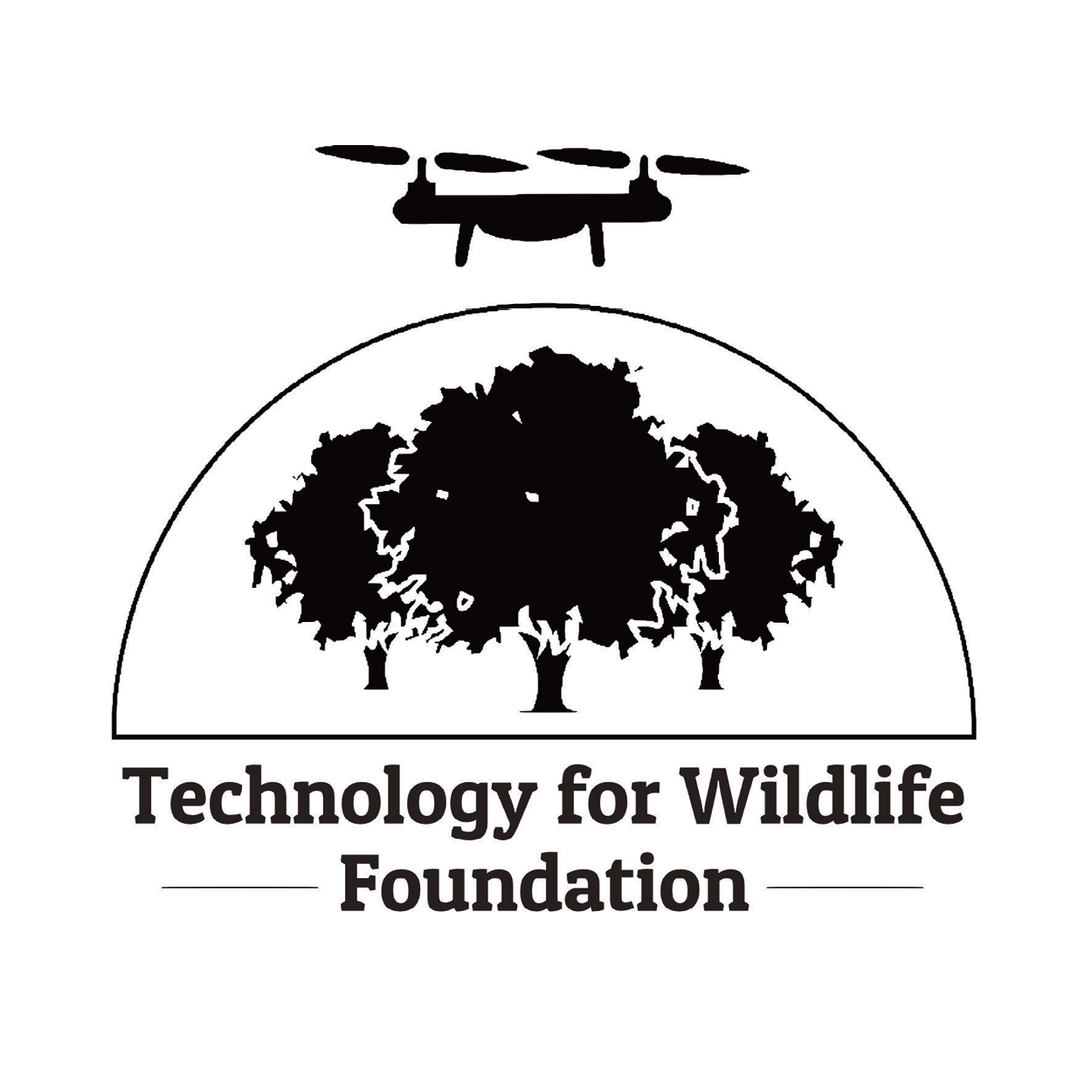We haven’t published any blogs in the past two months. One reason for this is because October to March is the peak field season for us, and we have been travelling a lot. The other is that I (very) recently had knee surgery for a torn ligament. As of today, I am recuperating with no fieldwork, travel or (gasp!) walking allowed; I have been instructed to not let my knee bear any weight for at least 8 weeks. As this was a scheduled surgery, I decided to make sure I had enough writing, editing and otherwise online work to keep me occupied. I’m currently the chief editor of our blog, and am quite excited about having a lot of reading and editing on my plate while I live through the next two months of this medical lockdown-thing.
I was able to schedule this surgery well in advance, and not have to think too much about the cost implications, primarily because as an organisation, we’ve got corporate medical insurance for all our full-time employees. This is the first time I’ve had to use it, and I’m quite pleased with the outcome. This is not a sponsored post for Plum, Razorpay or ICICI, but rather a way for me to recount my recent experience of dealing with a hospital and insurance providers to ensure that a rather traumatic experience (they hammered plugs into my femur while I was still conscious!) went as smoothly as possible.
As Razorpay Payroll clients, we are covered under a policy administered by Plum HQ and provided by ICICI Lombard. We’re a small team at TfW, with a current total of five full-time employees. Most regular group insurance packages are only eligible for 20+ people, but Plum’s begins at 5+ people; this is what allows us to make use of it in the first place. There’s a Plum app with all the information required to actually file a claim, and they have a 24-hr emergency helpline as well.
Once I scheduled a date for the surgery with my surgeon, I spoke to both Plum advisors and to the insurance desk at the hospital. The first thing to determine was whether the procedure I was getting was covered by the policy, which it was. The hospital I used was in ICICI Lombard’s network; this is important, as it allowed for me to make a cashless claim. My understanding is that if the hospital is outside the network, you can get the procedure you need, but you’d have to pay for it yourself and then apply for a reimbursement later. For paperwork, the hospital required the entire case history (doctor’s letters, test reports, etc.), along with my identification papers and my Technology for Wildlife Foundation ID.
The hospital sent all the documentation to the insurance provider for approval, and a day later, the provider issued a pre-authorisation certificate to the hospital regarding my procedure and my room. I had chosen a room where the rent was covered by the policy; this particular policy had a nightly room-rent cap of Rs. 10,000/-, which was enough for me to spend the night in a private room with an attendant (one of my family members).
Once this was all in place, I was admitted, had the procedure and rested (with lots of IV-ed painkillers and antibiotics) the first night after surgery. The next morning, once I was cleared for discharge by the doctors, we settled the final bill, which the insurance had already taken care of. A small pending amount was paid by me, but I have filed a claim to have that reimbursed as well under the policy.
This is the first time we’ve had to use the corporate health insurance policy, and unfortunately, it’s not going to be the last. Injuries and health issues of some sort or the other are unavoidable, especially when conducting field work, living an active lifestyle, or even just climbing up stairs! Today however, I have my leg up on a soft pillow, beginning the recovery process grateful for the presence of my support network, without which this would have been impossible, as well as for the fact that I was also able to complete this life-altering procedure without having to think twice about how much it would cost.






















